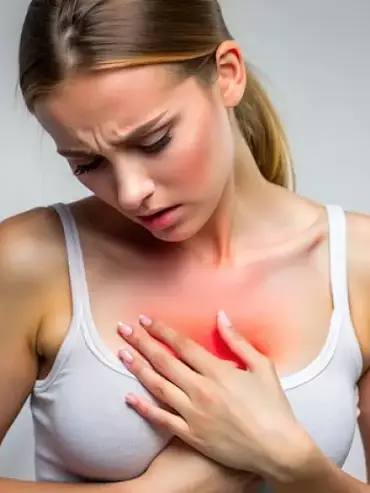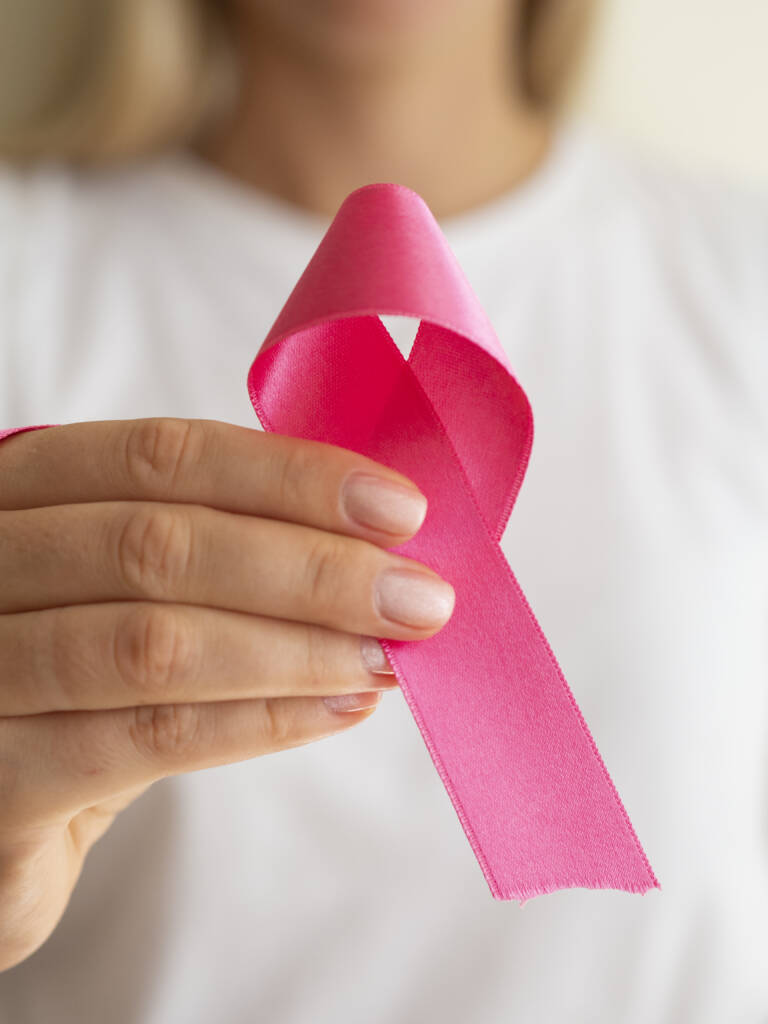Breast pain, also known as mastalgia, is a common concern among women, causing discomfort and anxiety. It can affect women of all ages and can range from a mild ache to severe pain that interferes with daily activities. Understanding the different causes and types of breast pain is crucial for determining when it might be time to seek medical advice.
Types of Breast Pain
Cyclic Breast Pain
Cyclic breast pain is the most common type and is closely linked to the menstrual cycle. Many women experience this type of pain in the days leading up to their period, due to hormonal changes in the body. The pain usually subsides after menstruation begins and often affects both breasts, particularly the upper, outer areas.
Non-Cyclic Breast Pain
Non-cyclic breast pain is not related to the menstrual cycle and can occur at any time. This type of pain is more localized and may feel like a sharp, burning sensation. It can be caused by a variety of factors, including injury, surgery, or conditions like mastitis (an infection of the breast tissue).
Chest Wall Pain
Sometimes, what feels like breast pain is actually pain originating from the chest wall, ribs, or muscles. This type of pain can be due to physical strain, inflammation, or conditions like costochondritis, where the cartilage connecting the ribs to the breastbone becomes inflamed.


Common Causes of Breast Pain
Hormonal Fluctuations
Hormonal changes related to menstruation, pregnancy, or menopause are the most common causes of breast pain. The rise and fall of hormones like estrogen and progesterone can lead to tenderness and swelling in the breasts.
Breast Cysts
Fluid-filled sacs within the breast, known as cysts, can cause pain, particularly if they grow large or become infected. These cysts are usually benign but can be uncomfortable.
Medications
Certain medications, including some hormonal therapies, antidepressants, and cardiovascular drugs, can cause breast pain as a side effect.
Breast Injury or Surgery
Any injury to the breast tissue or recent surgery can result in pain. This type of pain is usually temporary but may require treatment if it persists.
Breast Cancer
Although breast pain is not commonly associated with breast cancer, it can be a symptom in rare cases. If the pain is accompanied by other symptoms such as a lump, changes in the shape of the breast, or nipple discharge, it’s important to seek medical evaluation.
When to See a Doctor
While breast pain is often harmless, there are certain situations where it’s important to consult a healthcare professional:
– Persistent pain that doesn’t improve with over-the-counter treatments.
– Pain that is localized and doesn’t fluctuate with your menstrual cycle.
– The presence of a new lump in the breast.
– Changes in the skin of the breast, such as dimpling or redness.
– Nipple discharge, especially if it’s bloody or occurs without squeezing.
Managing Breast Pain
In most cases, breast pain can be managed with simple home remedies and lifestyle changes:
Wear a Supportive Bra
A well-fitting bra can provide support and reduce discomfort, especially during physical activities.
Apply Warm or Cold Compresses
Alternating between warm and cold compresses can help soothe pain and reduce swelling.
Over-the-Counter Pain Relief
Non-prescription pain relievers, such as ibuprofen or acetaminophen, can help manage pain and inflammation.
Dietary Adjustments
Reducing caffeine and sodium intake may alleviate cyclic breast pain for some women.
Relaxation Techniques
Stress can exacerbate breast pain, so practices like deep breathing, meditation, or yoga may provide relief.

Conclusion
Breast pain is a common issue that many women experience at some point in their lives. While it is usually not a sign of something serious, it’s important to understand your body and be aware of when to seek medical advice. If you’re ever in doubt, consulting with a healthcare professional can provide peace of mind and ensure your breast health is well-maintained.

